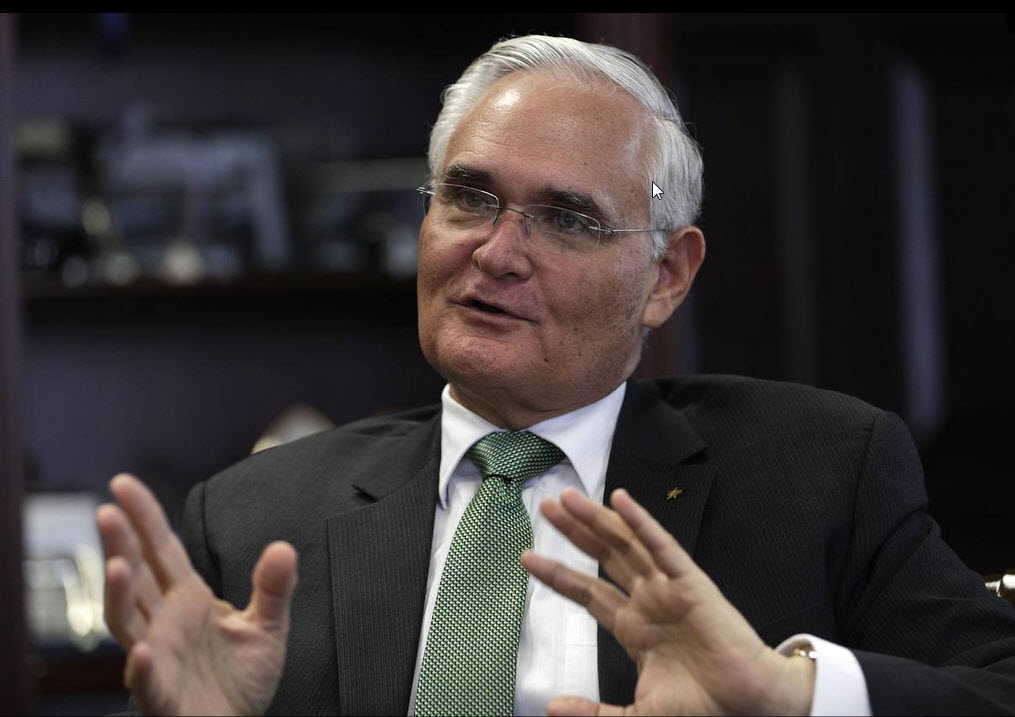Here is a great article that appeared in The Wall Street Journal written by Costas Paris.
The Panama Canal Authority’s chief executive is concerned about anti-trade rhetoric taking center stage in the U.S. election campaign, but he believes American consumers will step up their shopping after the result and boost shipping cargo volumes across the isthmus by a double-digit percentage.
“Talk of trade barriers and protectionism are a big part of the U.S. campaign, but globalization is here to stay and once the dust settles, we expect consumers will start buying again, boosting demand,” Jorge L. Quijano told The Wall Street Journal on the sidelines of the Danish Maritime Forum conference.
Republican presidential candidate Donald Trump has repeatedly criticized global trade deals like the North American Free Trade Agreement and has called for the repatriation of U.S. businesses with production lines outside the U.S. Democratic candidate Hillary Clinton has said she would work to improve trade agreements signed by previous administrations.
The shipping industry moves the vast majority of the world’s traded goods, from oil and food to electronics, clothes and cars. The Panama Canal—a man-made waterway linking the Pacific and Atlantic oceans—handles about a third of Asia-to-Americas trade.
The Panama Canal Authority spent $5.4 billion for a new set of wider locks that opened in June, accommodating ships carrying up to 13,000 containers, rather than 5,000 containers previously. The American Association of Port Authorities expects around $155 billion will be invested by 2020 to expand U.S. ports to handle the bigger ships. South American terminals are also in an expansion race.

Mr. Quijano said he expects cargo volumes through the canal to increase by 10% to 12% in the year ending September 2017, and continuous growth in coming years as the shipping industry emerges from one of its longest-ever downturns.
Mr. Quijano expects the canal to generate $2.86 billion in revenue this fiscal year, up $350 million from last year. Containers make up 47% to 50% of the canal’s revenue, bulk carriers around 20% and tankers around 15%, with other ships like car carriers and general cargo ships making up the remainder.
Mr. Quijano said Panama doesn’t plan to follow Egypt’s Suez Canal in asking major shipping lines to pay tolls three to five years in advance in return for a 3% discount.
“In these difficult times, I think shipping companies would prefer to have flexibility in paying tolls rather than signing up to long-term commitments,” he said.
The new locks have made the Panama Canal more competitive with the Suez Canal, shortening the one-way journey by sea from Asia to the U.S. East Coast by roughly five days and eliminating the need for a trip around Cape Horn to get to the Atlantic.
Some 6% of global trade in terms of capacity, or 340 million tons of goods, passed through the Panama Canal last year.
